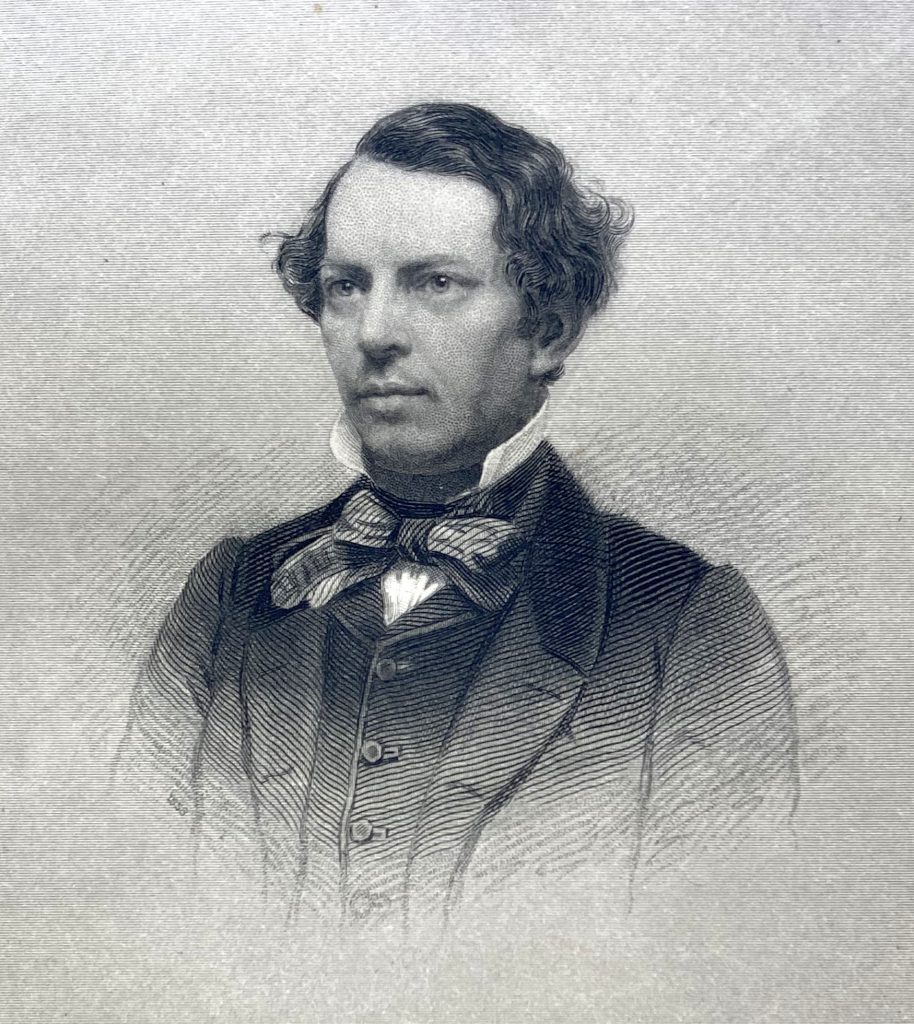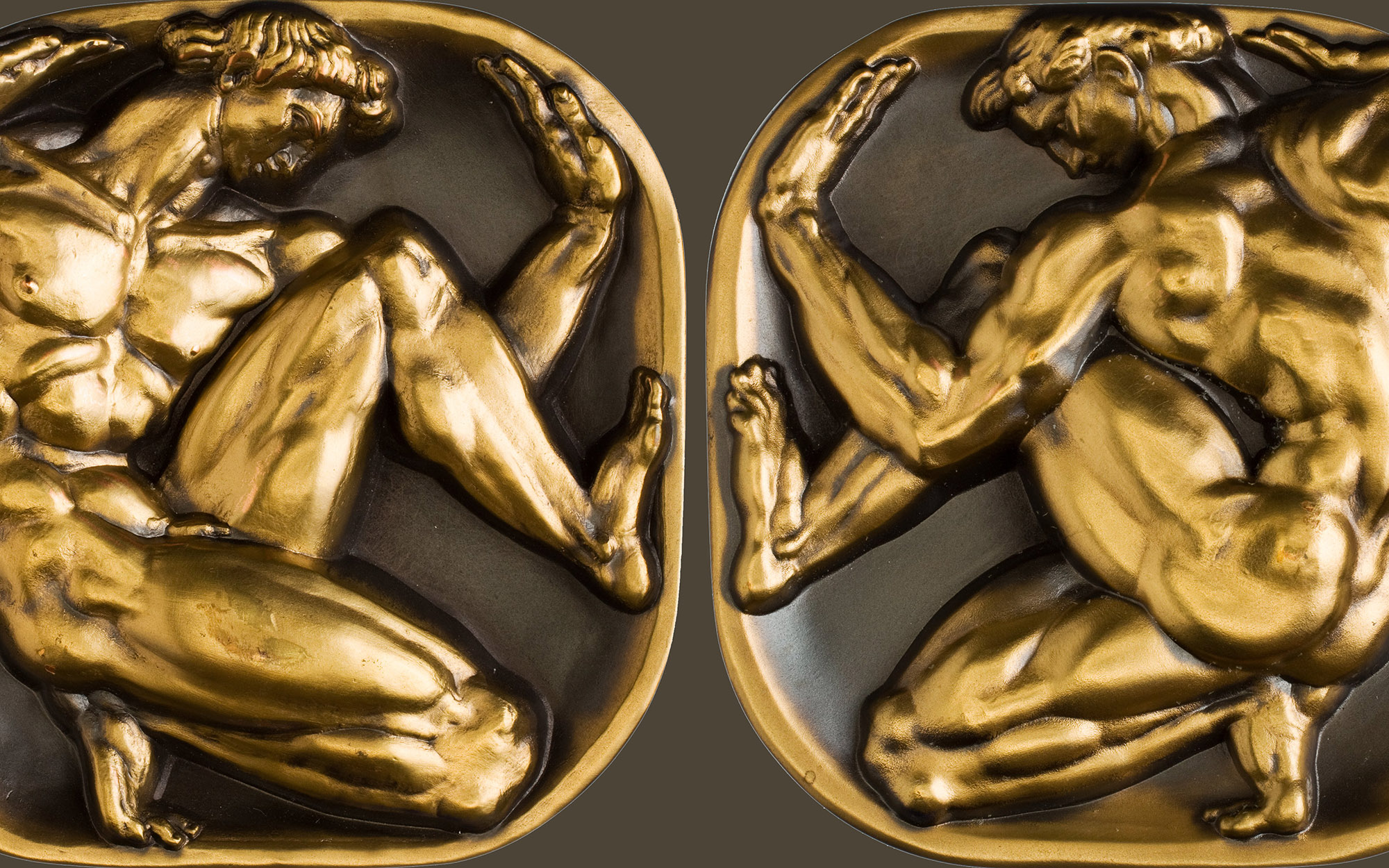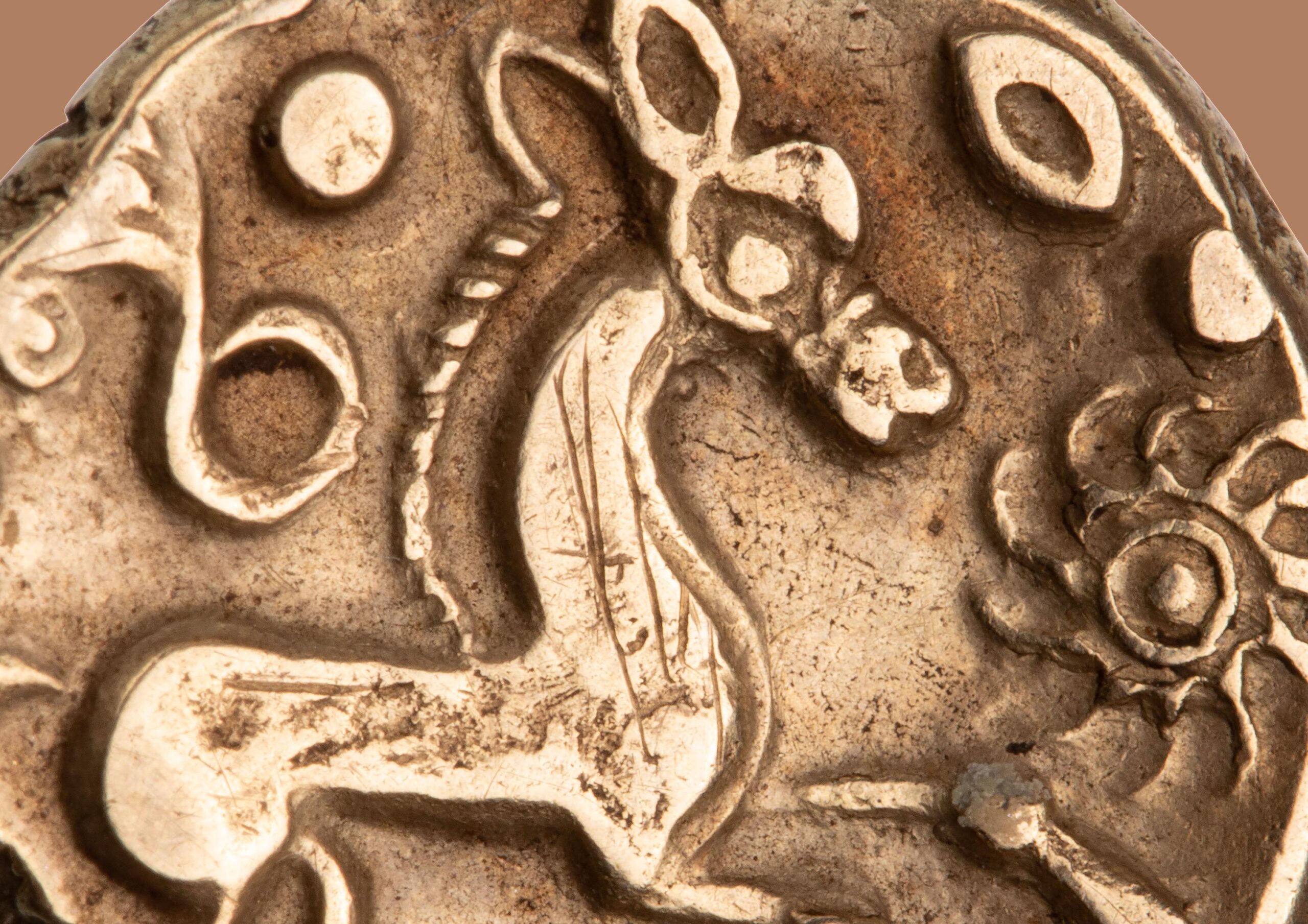New Candidate for Oldest U.S. Numismatic Society Discovered

A couple of months ago, friend and fellow numismatic researcher Joel Orosz sent me a news clipping containing a piece of information he found puzzling. I was astounded when I saw it and immediately started researching the topic myself, uncovering a second nugget. But that was it. Nothing more has been found. We’re hoping that perhaps someone else can shed some light on this matter. I want to thank Joel for providing the detailed description of the discovery below.
—David Hill
Joel J. Orosz writes:
The chronology of numismatic associations in the United States has been settled history for more than 160 years. The Numismatic Society of Philadelphia was established on January 1, 1858, claiming honors as the first in the United States. Slightly more than 6 weeks later, on the Ides of March, the American Numismatic Society was organized in New York City, becoming the second. Over the following decades, both Societies would change and re-change their names, and experience vigor both waning and waxing, but no one then or since has questioned their primacy in the birth order of United States numismatic societies. Now, however, both must fall a slot in the hierarchy, for we have discovered that the first numismatic association in this country appeared in New York City as early as 1854, and still existed as late as 1855. The New York Numismatic Society, as it was styled, seems to have been little noted during its brief lifespan, nor long remembered afterwards. In fact, by that pivotal year of 1858, memories of its existence had evaporated. Not until 2021 did the scant traces it left behind come to light.
The historically-minded reader might object that the “New York Numismatic Society” was a short-lived Civil War-era numismatic club. This NYNS was founded on January 23, 1864, by Robert Hewitt, Jr. and 10 other gentlemen, who were all, so far as can be determined, completely disconnected from the newly-discovered first NYNS. The two organizations’ years of operation were separated by nearly a decade, and there is no evidence of overlap in their respective memberships, leaderships, or in anything excepting their shared name. The birth of the second NYNS goaded the American Numismatic Society, which had been dormant since October 1859, to meet just 13 days later, and to reorganize as the American Numismatic and Archeological Society. The second NYNS itself went somnolent after less than four months of meetings, and on July 31, 1866, it dissolved, relinquishing its assets to the ANAS. So much for the second NYNS; now let’s turn to the discovery of the first one.

In the early history of U.S. numismatics, it is usually true (paraphrasing Will Rogers), that “all we know is what we read in the papers.” The New York Times and Messenger for Sunday morning, June 24, 1855, presented the headline, “SALE OF COINS AND MEDALS, “reporting on the June 6, 1855 Bangs, Brother & Co. auction sale of the numismatic collection of Pierre (sometimes anglicized as “Peter”) Flandin, a pioneering New York fine arts dealer. The article recounted prices realized by the most desirable coins and medals on offer, especially a pattern Gobrecht half dollar of 1838 for $8.50. It closed with the following sentences:
The sale was one of unusual interest, from the fact of its being the first regular sale of coins and medals that has ever taken place in our city. The sale was well-attended, and attracted considerable attention. Among the distinguished American Numismatists present, we noticed Mr. Bushnell, of the New York Numismatic Society, Dr. Chilton, Mr. Allan, Mr. Gsell, and others.

This Times and Messenger article was clipped, and tipped in to a truly distinctive bound collection of early New York auction catalogs, created by the “Mr. Bushnell” of the article: Charles Ira Bushnell (1826-1880). An attorney by vocation, and a coin collector by avocation, he was, in 1855, New York’s most advanced numismatist. Indeed, less than a week after the Flandin sale, he traveled to Philadelphia to personally take part in the auction sale of the John W. Kline numismatic collection, which was the second major numismatic sale held in Philadelphia. In the absence of published American numismatic references, Bushnell created his own by noting the prices brought by each lot in the sales he attended, as well as the purchasers’ names. He bound several successive sales together in his signature red Morocco over red-and-blue marbled paper sides, and autographed them in pencil with his distinctive tall, angular script. He rounded out these references by tipping in newspaper clippings about the sales, plus material like photographs of, and autographed letters signed by, the consignors.
Among the earliest in this running record of auction sales, (ex-John Lupia collection, now in the library of the author), is a single bound volume containing Bushnell’s priced and named copies of the June 6, 1855, Flandin Sale; a February 15, 1856 broadside sale by Bangs, Brother & Co. of the Daniel Groux Collection; and the numismatic addendum to the May 17, 1856, Leavitt Delisser & Co. book auction sale (the addendum offered Winslow J. Howard’s coin collection). The Times and Messenger clipping is tipped in to the page preceding the Flandin Sale. Interestingly, there is a clipping about the Howard collection auction tipped in to the page prior to that sale, beside which Bushnell annotated in pencil, “written by W. J. Howard.” This raises the possibility that the author of the June 25, 1855, Times and Messenger piece, who seems to have been unusually well-posted on the New York numismatic scene, might have been Bushnell himself. If so, he must have been exasperated by the paper’s misspelling of “Numismatists” and “Numismatic”, not to mention “Bushnell”, all of which he carefully hand-corrected in ink.

The “New York Numismatic Society” mentioned in this 1855 article predates the second NYNS by at least nine years. There is no recorded mention of the first NYNS when the second organized in 1864, so Bushnell’s NYNS must have sunk without a trace. That is, if the first iteration of the NYNS can be verified. As it happens, we have found that confirmation.
In 1854, John Livingston compiled Livingston’s Law Register: A Guide for Every Man of Business, and Hand-Book of Useful Information. Printed in New York, at the office of The Monthly Law Magazine, Livingston’s tome provided, among many other lists, a compendium of “Societies and Institutions, Literary, Moral, Benevolent, and Religious, in the City of New York.” Under this roster, on p. 458, we find the following entry: “NEW YORK NUMISMATIC SOCIETY for the collection and preservation of coins.” This terse confirmation of the Times and Messenger mention is welcome, but so far solitary. Only one other piece of indirect confirmation has surfaced, namely a classified ad in the October 21, 1853, New York Herald, which offered for sale a collection of about 250 Greek and Roman coins. The ad was directed “TO ANTIQUARIANS AND NUMISMATIC SOCIETIES.” Would the seller have addressed this ad to “numismatic societies” if none then actually existed in the United States?
The first NYNS was in being in 1854; possibly as early as 1853. What remains unclear, though, is that which we really wish to know: who belonged, what was accomplished, and why was it so quickly forgotten? Bushnell was clearly a member, and perhaps its motive force. If he was indeed the author of the Times and Messenger article, possibly the others mentioned were also members. Dr. James R. Chilton was a prominent early American coin hound, whose cabinet won laurels, if not for great rarities, at least for sheer size. His collection, sold by Bangs, Merwin & Co., on March 13, 1865, offered 3139 lots in 202 pages, making it the first of the numismatic “phone book” catalogs. John Allan was New York’s foremost antiquarian, and one of America’s pioneering coin dealers. The mystery man of the trio is Mr. Gsell, sometimes given as “G’sell,” whose surname appears often in 1850s priced and named coin catalogs. Q. David Bowers, in his essential American Numismatics Before the Civil War, records his cognomen as “Charles,” but we know nothing else about him.
No matter whose names appeared on its membership roll, however, the first NYNS distinguished itself neither by its achievements nor by its legacy. Whatever the precise date of its expiration, whether later in 1855 or somewhat thereafter, no one remembered it—or at least thought it worthy of mention—when other numismatic societies were established. Most telling, when the second NYNS was founded, none of its members acknowledged that it took the name of an earlier society: perhaps they were simply unaware.
This disappeared-without-a-trace aspect of the first NYNS may be attributable to Bushnell himself. He gathered a great collection, and wrote on numismatic and (especially) Revolutionary War topics, but an extrovert Bushnell was not. His newspaper scuffle with Augustus B. Sage in the New York Dispatch in 1857 aside, he shunned the public eye, and was not a “joiner.” He never became a regular member of the ANAS, and when elected an Honorary Member in 1868, he politely declined, citing “overwork” as his reason. If Bushnell was the prime mover behind the first NYNS, one could imagine that it might have met infrequently, and simply lapsed into senescence.
It seems probable that, in some unexplored archival folder, or, perhaps more likely, buried in the files of contemporary newspapers, there is more information to be found about the 1850s New York Numismatic Society. But for now, we can say for sure that Charles Ira Bushnell was a member of the first numismatic society in the United States, which predated the NSP and the ANS by more than three years.
—Joel J. Orosz




